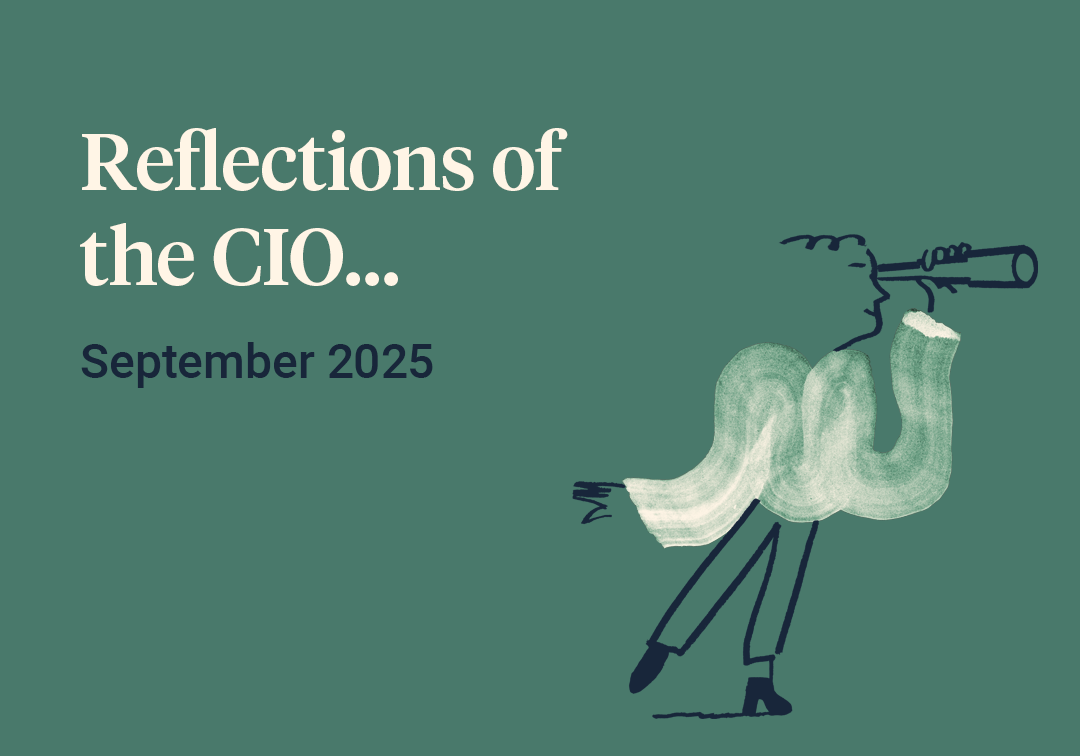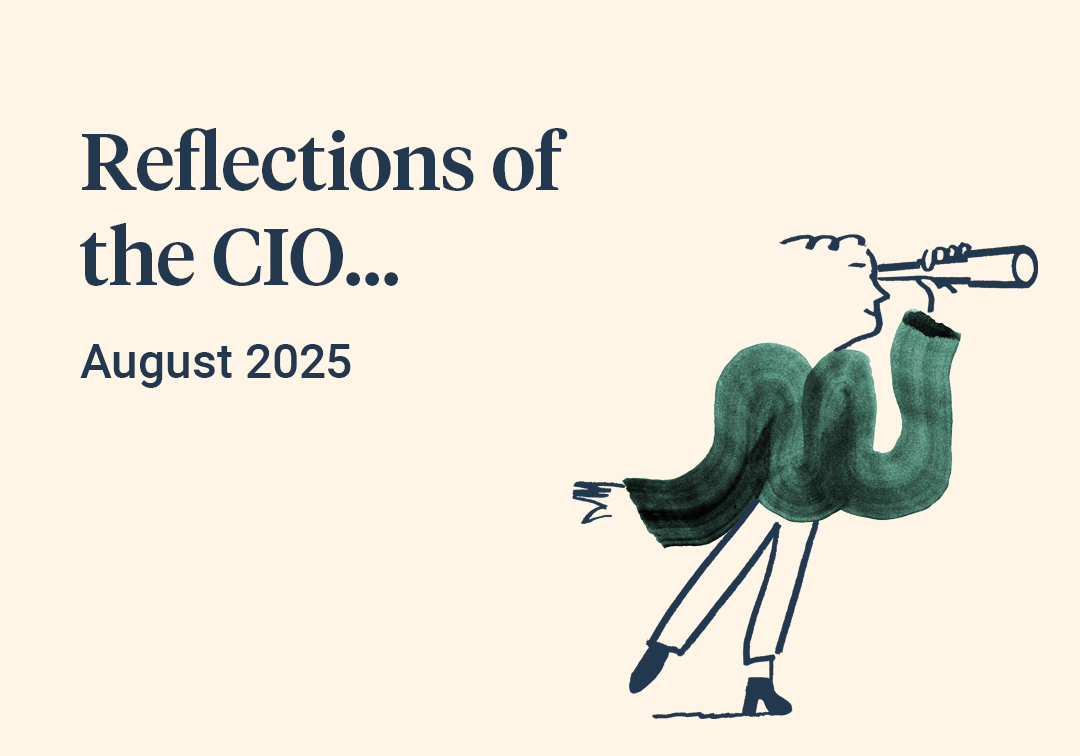A very strong performance from risk assets in March brought the first quarter of 2024 to a positive end, a feat which was all the more impressive given simultaneously weak government bond markets and mixed economic news, particularly on inflation. The foundations for this ‘risk rally’ were built upon the ongoing resilience of developed economies, which, in general, have absorbed high levels of interest rates without too much visible difficulty. The steady descent of inflation from last year’s peaks has also continued, adding to an increasing mood of optimism.
Even when this optimism was tested mid-month, when inflation numbers hit a sticky patch, the central bank response to the issue was very mild and supportive of the prevailing positive mood. The US Federal Reserve, for example, kept with its view that the longer term trajectory to lower, ‘target’ inflation levels was still very much intact, despite shorter term trends being decidedly mixed. This narrative was taken by most investors to mean that interest rate cuts would still be arriving in the second half of the year, a prospect which powered both last month’s strong rally and the general uptrend of the last two quarters.
However, not all assets participated in this uptrend, nor did investors entirely buy into the Fed’s view of ever falling inflation. Government bond markets, for example, have been sluggish all year as investors dialled back on wildly optimistic assumptions on the scale of future interest rate cuts. Expectations are now about half as much as they were in January for the most important US market, a large reset to a more realistic level and much more in line with Fed guidance.
In addition, the underlying picture of market performance in March is more nuanced than strong headline numbers imply. US equities continue to dominate global indices, with a tiny group of large technology companies continuing to provide most, if not all, of the gains. This narrowness of equity market leadership is the same even if we look at medium and smaller company indices and requires some careful thinking about, as it has rarely proved to be a healthy indicator for future returns. The gold price was also very strong in March, suggesting that there might be some wider investor unease about lingering inflation risks.



